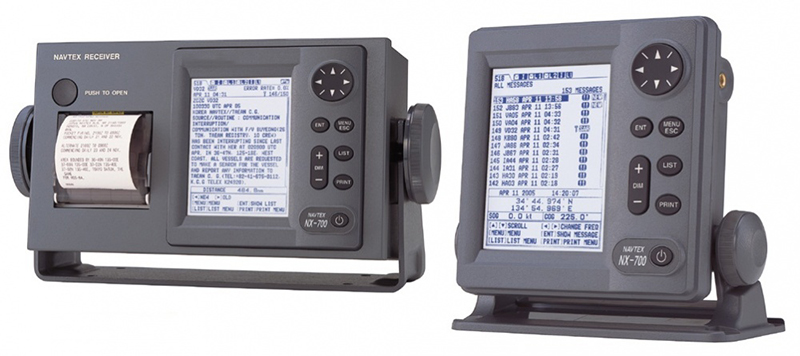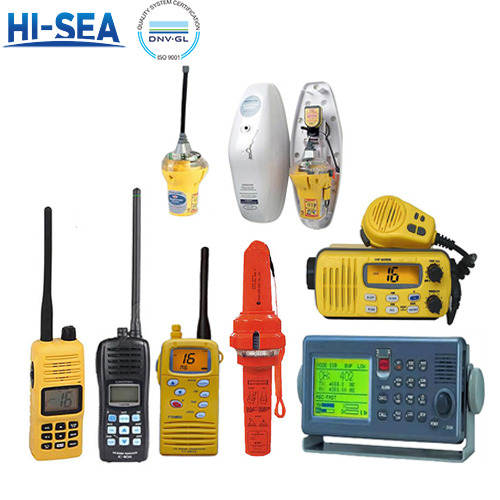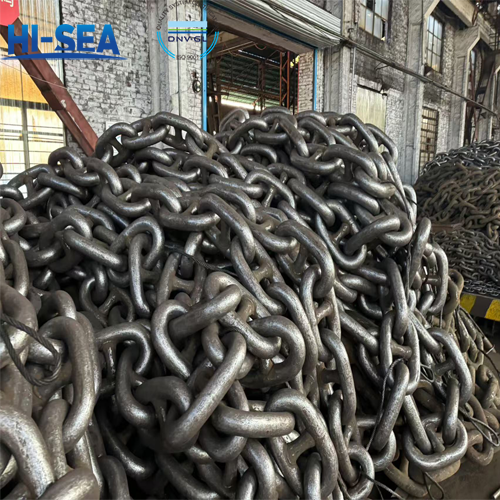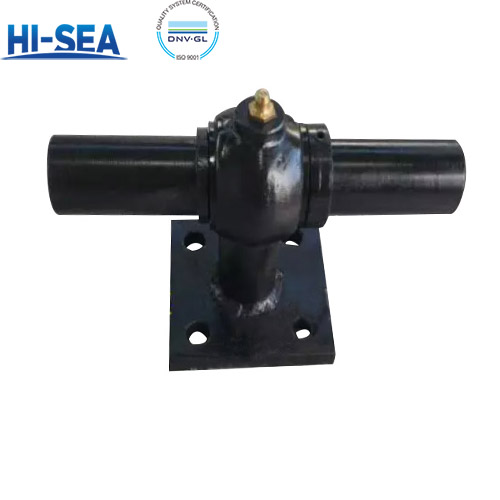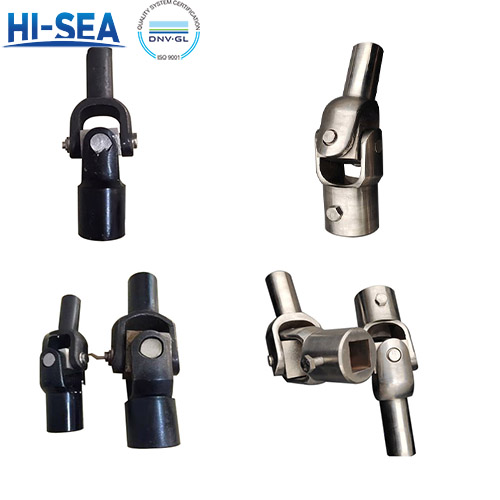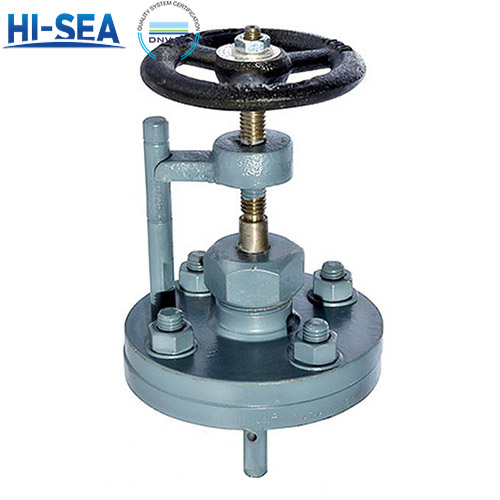
The Functions and Characteristics of Different Marine Communication Equipment
Marine communication equipment belong to the Global Maritime Distress and Safety System (GMDSS), which is the primary means of communication between ships or between ships and shore. It ensures the safety of vessel transportation and navigation and is the most important lifesaving tool for maritime communication and distress assistance. There are various types of marine communication equipment. Do you understand the specific functions of these communication devices? The following will introduce you to the functions and characteristics of the mainstream marine communication equipment.
Overview
Satcom Ship Station
Satellite communication ship station, also known as a ship terminal, includes INMARSAT-C, INMARSAT-A, INMARSAT-B, and INMARSAT-F. INMARSAT-C has the unique EGC function (Enhanced Group Calling), which includes safety nets and fleet nets and is a mandatory equipment required by the IMO. INMARSAT-C cannot communicate in real-time, it can only store and forward messages. This equipment is limited to text communication in English, including telex, fax, and email. INMARSAT-A, INMARSAT-B, and INMARSAT-F can perform any form of communication but cannot replace INMARSAT-C.
AIS (Automatic Identification System)
The Automatic Identification System for ships is a new type of navigation aid system suitable for automatic information exchange among vessels, which can be used for automatic identification and information exchange between ships, between shore-based maritime traffic management authorities and ships.
EPIRB (Emergency Positions Indication Radio Beacon)
When a ship is in distress, the device releases an emergency position indicating beacon, which will automatically emit a distress alarm signal. This signal is automatically relayed via satellite and sent to maritime rescue centers around the world through the Global Maritime Distress and Safety System. The signal includes the name of the distressed vessel, nationality, international code, maritime identification code, distress position, nature of distress, contact information, etc. Maritime rescue centers of various countries will instantly receive distress signals from distressed vessels and coordinate relevant maritime rescue operations. Satellite emergency position indicating beacons are generally installed on the railings of the wings of the bridge deck, with automatic transmission mode and manual transmission mode.
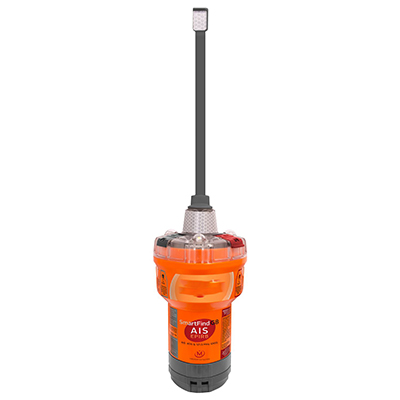
SART (Search and Rescue Radar Transponder)
When a ship is in distress, the user can turn on the transponder to facilitate search and rescue of the distressed vessel or personnel at sea or in the air. The signal emitted by the transponder will continuously display on the radar of the rescue party, providing corresponding information to the rescue personnel.
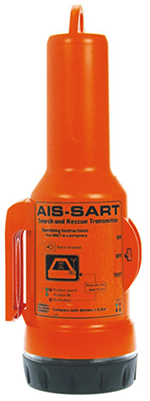
Two-way VHF/HF/MF Radio Telephone
Two-way wireless telephone is a radio intercom with fixed channels. After crew or passengers abandon ship in distress, they must bring the radio intercom to the lifeboat to facilitate communication between lifeboats and rescue personnel. This equipment is placed in the wheelhouse, with a minimum of three units, not for regular use, and must maintain sufficient battery power, with each unit having spare batteries.
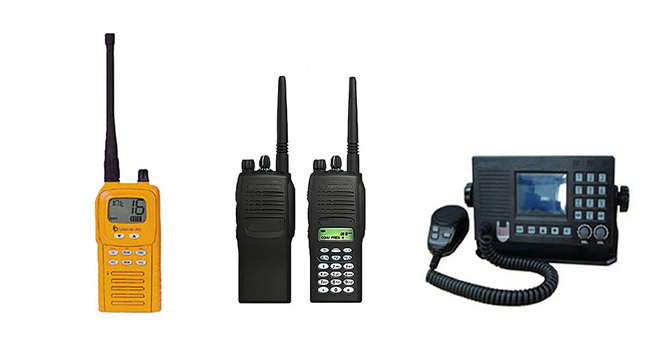
HF/MF Transceiver Unit
The High Frequency/Medium Frequency Transceiver Unit is a tool for HF/MF radio communication between shore and ship, including voice, narrowband, and Morse code communication.
VDR (Voyage Data Recorder)
The Voyage Data Recorder is a device that can record critical navigation data of a vessel to provide detailed information about events in the event of an accident.
NAVTEX (Navigational Telex)
NAVTEX is an international automatic medium-frequency signal receiving and transmitting system used for transmitting navigational warnings, weather forecasts and warnings, and maritime safety information between ships, which can be directly printed via telex.
